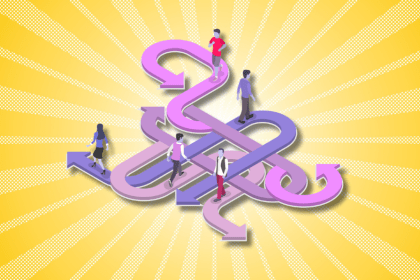
Design constraints are limitations on what designers can do with a design. They can feel like a bad thing, but they can be useful.

From kickoffs to metrics, here’s how I handle complex UX projects without burning out the team — or myself.

A design philosophy is a guiding light for a designer’s approach to their craft. Here’s how to craft your own.

You don’t have to be a developer to benefit from code. Vibe coding helps you test ideas faster and speak the dev team’s language.

This isn’t just another AI tool. Relume AI helps you build better wireframes faster — and we’ll show you how to make it your new favorite shortcut.

Use these examples to see how AI can help scale research, test designs, and validate user pain points — without endless surveys or interview sessions.

Asking better design questions means fewer vague answers and more progress. Here’s how to replace dead-end prompts with feedback that works.

These 10 hands-on UX challenges train your brain to design better flows, build stronger instincts, and think like a real problem-solver.

This post breaks down what design debt is and gives you 6 smart ways to fix it, without killing team velocity.

Learn how to build a weather app using Claude, from setting up infrastructure to creating a functional UI that displays city-based forecasts.

Here, you’ll learn what bottom sheets are, when and why they’re useful, and how to make them as usable and as accessible as possible.

Design system docs don’t have to be a mess. Here’s how to make yours clear, searchable, and worth using daily.